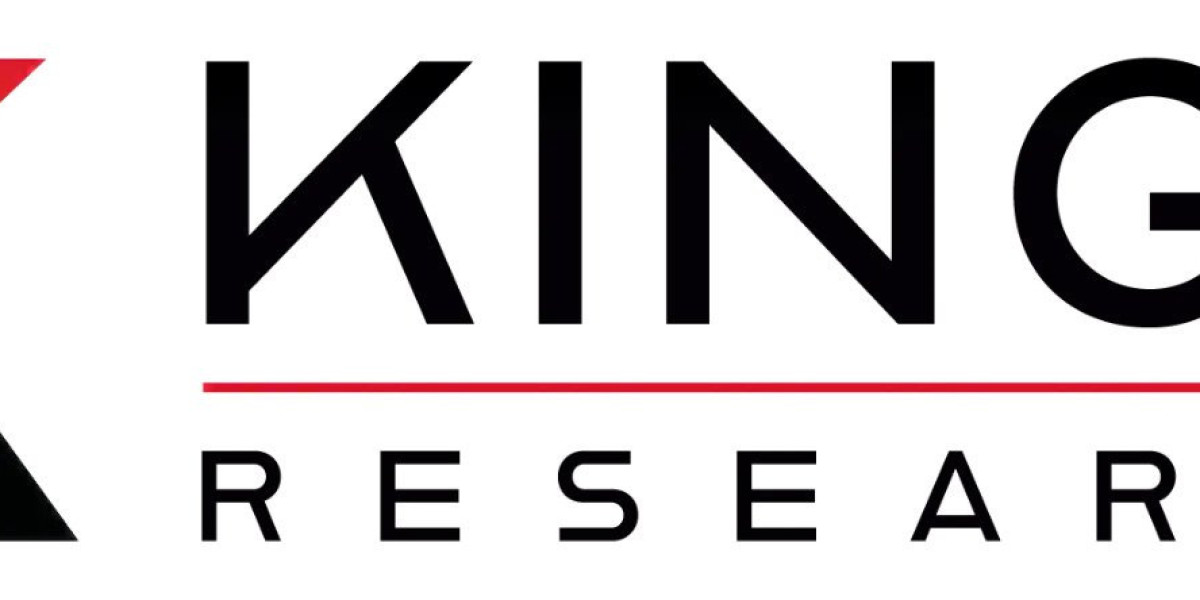For centuries, hydropower, or the use of moving water to generate electricity, has been a reliable source of power. The hydropower sector now plays an important role in generating clean and renewable energy, which contributes to a more sustainable future. This blog delves into the world of hydropower, discussing its various forms, benefits and drawbacks, and the growing importance of small hydropower plants.
The Power of Flow: Understanding Hydropower
Hydropower works by converting the energy of moving water into electricity. Here is a breakdown of the basic principles.
Dams or run-of-river systems capture the energy of flowing water.
Potential Energy: Water stored behind a dam or flowing through a channel has potential energy because of its height or velocity.
Kinetic Energy Conversion: Water flows through turbines, converting potential energy to kinetic energy.
Electricity Generation: The spinning turbines power generators, which convert kinetic energy to electricity.
Different types of hydropower plants:
Hydropower plants come in different sizes and configurations:
Large Hydropower Plants: These massive projects use large dams to store vast amounts of water while producing significant amounts of electricity.
Small Hydropower Plants (SHPs): These smaller-scale projects serve local communities or supplement larger grids. They can be further classified based on capacity.
Mini Hydro (1-10 MW): These systems power small communities or industrial facilities.
Micro Hydro (up to 100 kW): These tiny systems can power single homes or small businesses.
Pico Hydro (up to 5 kW): These micro-scale systems generate electricity for remote areas or off-grid applications.
Run-of-the-River Hydropower Plants: These plants divert a portion of a river's flow through turbines rather than dams, thereby minimizing environmental impact.
Harnessing the Benefits: Advantages of Hydropower
Hydropower has several advantages as a source of renewable energy:
Clean and Sustainable: Hydropower generates electricity with low greenhouse gas emissions, contributing to a cleaner environment.
Renewable Resource: Hydropower, unlike fossil fuels, relies on the continuous flow of water as a renewable resource.
Reliable and dispatchable: Hydropower plants produce reliable electricity and can be quickly ramped up or down to meet changing energy demands.
Long Lifespan: With proper maintenance, hydropower plants can last more than 50 years.
Economic benefits: Hydropower projects create jobs during construction and operation, which helps local economies.
Addressing the challenges: considerations for hydropower development.
Despite its advantages, hydropower poses challenges:
Environmental Impact: Large dams can disrupt ecosystems, displace communities, and alter downstream water flow.
Geographical constraints: Suitable locations for large hydropower projects are scarce, often concentrated in mountainous areas.
Social Concerns: Dam construction can cause resettlement and disruption of local livelihoods.
Climate Change: Variations in rainfall patterns and droughts can have an impact on water availability and hydroelectric power generation.
A growing niche: the rise of small hydro power plants.
Small hydropower plants (SHPs) are a promising solution for overcoming some of the limitations of large-scale hydropower. Here's why SHPs are gaining popularity:
Reduced Environmental Impact: SHPs require little infrastructure, resulting in less ecological disruption than large dams.
Decentralised Power Generation: SHPs can produce electricity closer to local communities, lowering transmission losses and increasing grid resilience.
Suitable for Diverse Locations: SHPs are suitable for a wide range of locations because they can use smaller water sources such as streams and canals, making them ideal for areas where dam-building opportunities are limited.
Cost-Effective Option: Small hydropower plants (SHPs) can be less expensive than large hydropower projects, particularly in areas with existing infrastructure.
The Future of Hydropower: Achieving Sustainability and Innovation
The future of hydropower depends on balancing its benefits with environmental and social concerns. Here are some key trends influencing the future of the sector:
Focus on Sustainability: Prioritised, with careful planning and mitigation strategies aimed at reducing the environmental impact of hydropower projects.
Modernization and Rehabilitation: Existing hydropower plants will be upgraded with cutting-edge technologies to increase efficiency and reliability.
Growth of Small Hydropower: SHPs are expected to play an important role in future hydropower development, particularly in developing countries.
Pumped Storage Hydropower: This technology uses surplus electricity to pump water uphill and store it before releasing it to generate electricity during peak demand periods, playing.















